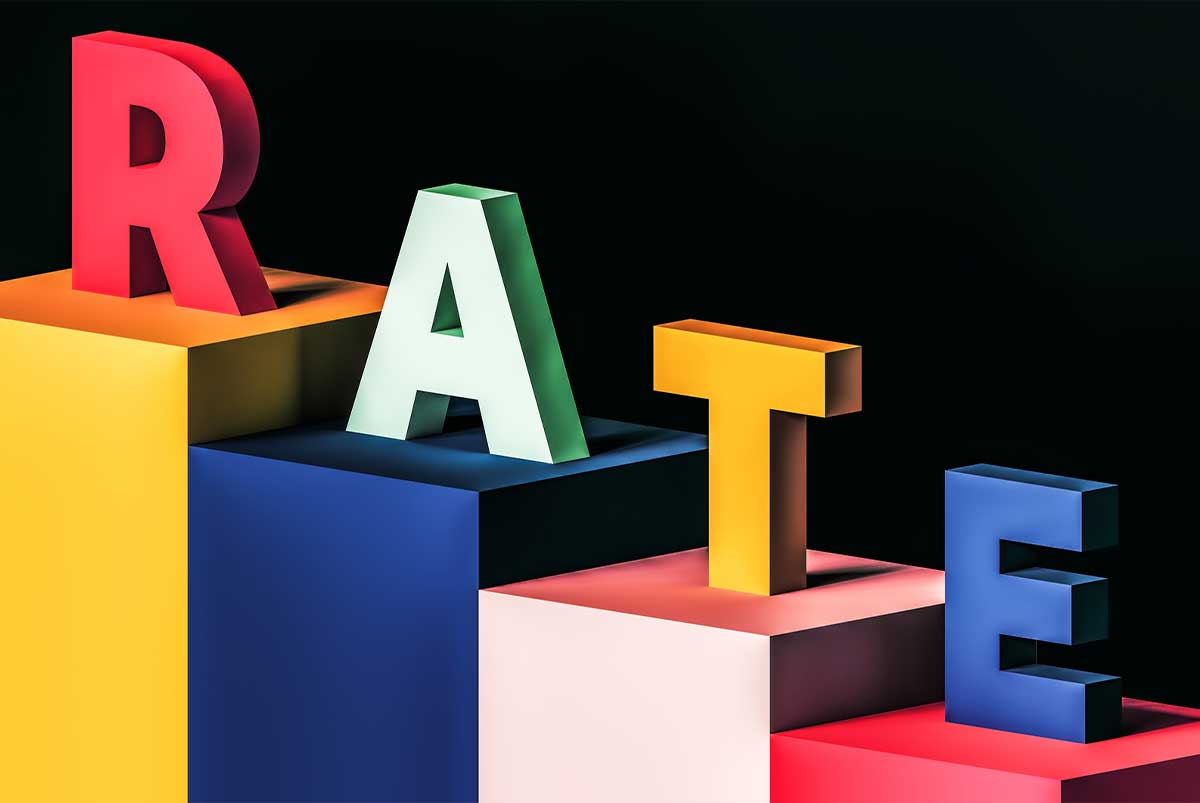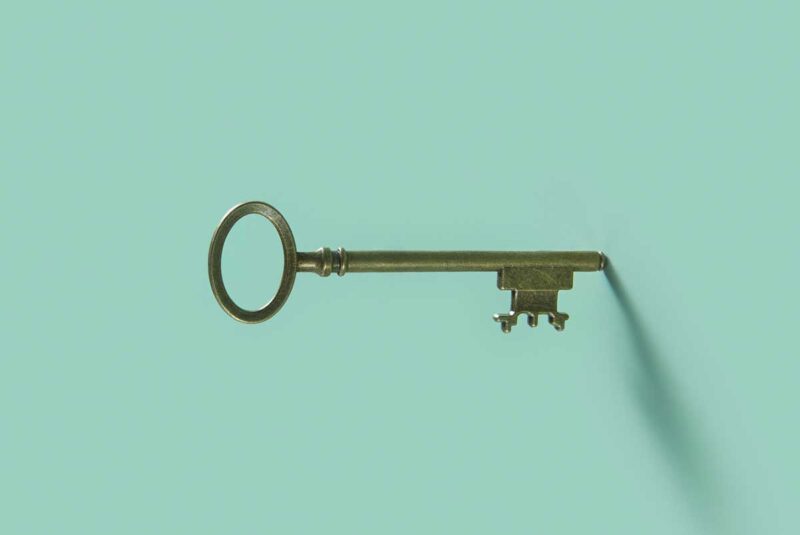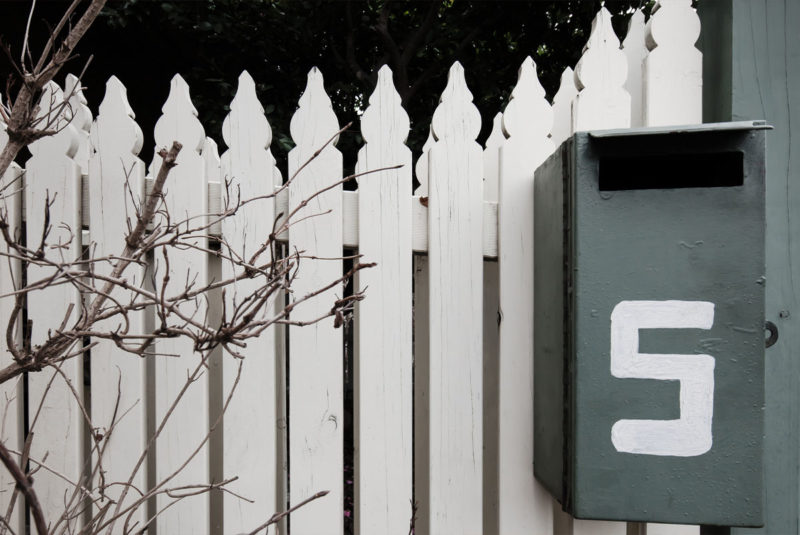Ready To Buy a Home?
Get Approved to Buy a Home
Rocket Mortgage® lets you get to house hunting sooner.
When comparing different mortgages, one of the most important variables you’ll need to consider is the interest rate. Even small changes to the interest rate can have a noticeable impact on your monthly mortgage payment.
Use our guide to explore different methods of buying down your mortgage rate to save money. We’ll navigate the benefits and drawbacks of these approaches and help you decide whether buying down your interest rate makes sense for you.
What Types of Mortgage Rate Buydowns Are There?
Explore Your Mortgage Options
What are you looking to do?
There are two types of buydowns that can lower your monthly mortgage payment. They are fundamentally different in terms of their impact on your mortgage and how long they last.
Semantics matter here because, while both options lower your monthly mortgage payment, only one option lowers your interest rate.
Let’s start with the option that lowers your interest rate – permanently.
Permanent mortgage rate buydown
For a permanent mortgage rate buydown, borrowers pay for discount points at closing, which lowers their interest rate for the entire length of the mortgage. The more discount points a borrower purchases, the more their interest rate drops – though there may be a limit on how many discount points they can buy.
With permanent mortgage buydowns, as long as the borrower is applying for a fixed-rate mortgage rather than an adjustable-rate mortgage, the reduced interest rate will stay the same for the life of the loan.
A mortgage rate buydown works by allowing you to buy points (prepaid interest points) – sometimes referred to as discount or mortgage points – upfront in exchange for a lower interest rate. How much each point knocks off the interest rate will vary by lender, but one point typically lowers your interest rate by 0.25%.
The mechanics of your mortgage buydown will vary by lender and depend on your financial situation. And while mortgage buydowns are common, not all mortgage lenders offer buydown options. Check with your lender to see if it’s an option for you.
Temporary mortgage rate buydown
With temporary buydowns, your interest rate doesn’t technically change. An upfront payment is deposited into escrow and a portion is applied to your mortgage payment each month.
When the funds in the escrow account run out – typically after 3 to 4 years – your interest rate returns to your original rate or “start rate.” When you compare a temporary buydown to a permanent mortgage rate buydown, it’s clear that you don’t save as much over time.
It’s important to note that a temporary rate buydown isn’t the same as buying points. When you buy points for a permanent rate buydown, you lower your mortgage rate and monthly mortgage payment for the loan’s entire term. With a temporary buydown, an upfront payment is deposited into an escrow account and used to cover a portion of your monthly mortgage payment until the funds are depleted.
Rising rates? No thanks.
Lock in your rate for 90 days with RateShield®. Make your moves on your time – no panic necessary.
RateShield® Approval is a Verified Approval with an interest rate lock for up to 90 days. If rates increase, your rate will stay the same for 90 days. If rates decrease, you will be able to lower your rate one time within 90 days.
Please contact your Home Loan Expert for additional information. This offer is only valid on 30-year FHA, VA and conventional purchase loan products. RateShield® Approval is not eligible for clients with a signed purchase agreement, on Charles Schwab loans or new construction loans. Additional conditions and exclusions may apply.
Who Can Get a Mortgage Buydown?
You can lower the interest rate on your mortgage through a temporary or permanent rate buydown while negotiating a mortgage on a new property or refinancing an existing mortgage.
With permanent buydowns, the longer a buyer lives in their home, the more money they’ll save over time.
In a buyer’s market, sellers sometimes pay for a temporary buydown to motivate the buyer to close the deal.
How Much Does It Cost To Buy Down the Interest Rate?
The cost will vary depending on whether you purchase discount points or a temporary rate buydown. We’ll take a closer look at both options.
Permanent Buydown Costs
One mortgage point costs 1% of your mortgage. The unofficial rule of thumb is that for every point you buy, you lower your interest rate by 0.25%.
For example, two points on a $300,000 loan would cost $6,000 and likely knock about 0.5% off the interest rate. Keep in mind that costs and percentages may vary by lender.
Temporary Buydown Costs
The honest answer to what a temporary buydown costs can get complicated and vary widely by lender. The best way to get an accurate estimate is to ask your lender. We’ll outline all the factors at play to help you appreciate why the answer can differ so much.
Your starting interest rate and the size of your mortgage are two of the most important factors that determine your temporary buydown costs. Your credit history and debt-to-income (DTI) ratio also influence your starting interest rate.
Remember, your interest rate doesn’t change with a temporary buydown. You’ll still find your original rate and full monthly mortgage payment in your mortgage documents. A temporary buydown drops your interest rate and mortgage payment for a fixed period and buys you some financial breathing room before you start paying your full monthly mortgage payments.
If your mortgage rate is 7%, a common temporary buydown structure would let you lower the effective interest rate by 3 percentage points to 4% for the first year. But you can lower your effective interest rate by less than that.
Here are some of the most important factors that would determine how much you’d owe at closing to temporarily buy down your interest rate:
- Your starting interest rate
- The size of your loan
- How many percentage points you want to effectively knock off your interest rate
- The length of the loan
- Lender fees
We’ve provided examples of different temporary buydown structures to help you visualize what your possible monthly mortgage payment would look like with a few different options, including a permanent buydown.
Interest Rate Buydown Structures
Temporary buydowns are commonly structured as 3-2-1 buydowns and 2-1 buydowns. Remember, there’s really only one structure for permanent buydowns because the interest rate reduction applies for the life of the loan.
3-2-1 buydown
With a 3-2-1 buydown, borrowers make the lowest payments on their mortgage in the first year, followed by 2 years of increasing payments until they reach their original rate from years 4 – 30.
Let’s say you’re applying for a 30-year, $300,000 mortgage, and the current interest rate is 6%. Here’s how your payments would be structured:
| Year | Interest Rate | Monthly Payment |
| 1 | 3% | $1,265 |
| 2 | 4% | $1,432 |
| 3 | 5% | $1,610 |
| 4 – 30 | 6% | $1,799 |
In this situation, you would save $13,061 over the first 3 years of your mortgage.
2-1 buydown
A 2-1 buydown has the same payment structure as a 3-2-1 buydown. You would save on interest for 2 years instead of 3, and your interest rate would ladder back up to your starting rate by the third year of your mortgage. A 2-1 buydown typically costs less than a 3-2-1 buydown, but you save less in interest.
Evenly distributed interest rate reductions
An evenly distributed interest rate reduction is the same as a permanent mortgage rate buydown. You pay more upfront to have a lower rate applied for the entire length of the mortgage. With a permanent interest rate reduction, the longer you live in your home, the more you save.
Should You Buy Down Your Interest Rate?
Conventional wisdom suggests that temporary buydowns are only worth it if someone else, like a seller, a builder or a lender, is paying for it.
While a permanent mortgage buydown may seem like the better option, consider the pros and cons of buying mortgage points before committing to any decision.
If you’re at the start of your career and anticipate making more money in a few years, you may benefit from a lower monthly payment on your mortgage loan.
And if you meet the qualifications set by the Internal Revenue Service (IRS), you can deduct the cost of your buydown on your tax return either in full the same year you buy down or over the life of the loan.
Of course, there are drawbacks to a mortgage buydown. The glaring drawback is that you’ll need to pay more at closing. And while you may have enough to purchase discount points, will you have enough left over to move into your new home, buy furniture or make repairs? Make sure you can purchase discount points without derailing your homeownership plans or your budget.
The main reason to get a mortgage buydown is to save money. If you plan to live in your home past your breakeven point, a buydown can be easy to justify financially.
Breakeven point
The breakeven point is the amount of time it takes for your monthly savings to add up to what you spent on the permanent mortgage buydown.
Let’s say you take out a 30-year, $300,000 mortgage with a 6.25% interest rate. Your lender says they can lower your interest rate to 5.75% for two points. Each point costs $3,000, so that’s $6,000 upfront to lower your interest rate.
If you don’t buy points, your estimated monthly payment will be $1,847. If you decide to buy points, your estimated monthly payment will be $1,751. To calculate the breakeven point:
- Calculate your estimated monthly savings: $1,847 – $1,751 = $96.
- Then divide your total upfront cost by your monthly savings. 6,000 / 96 = 62.5
It’ll take 62.5 months, or 5.2 years, to “break even” on the buydown. If you stay in your home for at least that long, you’ll make back what you spent on the buydown. If you stay even longer, you’ll come out ahead because you will have saved more than you spent.
Alternatives to a Mortgage Buydown
If you’re looking for a way to lower your mortgage interest rate but don’t have the cash for a mortgage rate buydown, there are other options available.
Adjustable-rate mortgage
If interest rates are high and you want to pay less in interest at the beginning of your loan, a mortgage rate buydown isn’t your only option.
You may want to consider an adjustable-rate mortgage (ARM). With an ARM, you get a lower introductory interest rate for the first 3 – 10 years. After that, your interest rate adjusts up or down based on the terms of your loan and market interest rates.
An ARM allows you to lower your interest rate and save money without paying money upfront for mortgage points. The risk is that interest rates may climb after the introductory interest period ends, which can raise your monthly mortgage payments.
On the other hand, if interest rates are currently high, you could luck out and emerge from your introductory period with a lower interest rate. If your introductory rate is expiring and interest rates are still high, you may want to consider refinancing to lock in your introductory interest rate.
Government-backed loans
If you’re looking for ways to get a lower interest rate on your mortgage, it may be helpful to consider a loan backed by the U.S. government.
While many of these loans make it possible to borrow with as little as 0% down, a larger down payment may help you get a better interest rate – especially if you have a low credit score or thin credit history.
- Federal Housing Administration (FHA) loans: FHA loans are available to borrowers with credit scores as low as 500 with a 10% down payment. If you have cash in hand but poor credit, you may qualify for a better interest rate with an FHA loan. But you’ll pay mortgage insurance premiums (MIPs) upfront and every month you own the home.
- Department of Veterans Affairs (VA) loans: VA loans are available to qualifying service members, veterans, and their surviving spouses. VA loans offer low interest rates with no credit score or down payment requirements, but VA loan lenders set criteria you’ll need to meet. Be sure to ask what your lender’s requirements are if you’re eligible for a VA loan.
- U.S. Department of Agriculture (USDA) loans: If you want to buy or build a home in a designated rural area, USDA loans offer competitive interest rates with minimal down payment requirements.
FAQs about buying down interest rates
It can be smart if you need a more affordable mortgage payment in the short term or plan on living in the home long enough to save more than you spent upfront.
It may not be a good idea if you plan on refinancing in case rates drop. When you refinance, you pay closing costs again, adding more time before you can reach the breakeven point.
No. Once you close on a mortgage, you can’t buy down your interest rate unless you refinance. The reason is that the points you buy, how much your interest rate decreases and the duration and structure of the decrease all become part of the terms of your loan.
Technically, there are no limits to the number of mortgage points you can buy down. However, your lender and the mortgage type may put limits on your ability to buy points. If you have money to spare, you may benefit more from applying the money to your down payment or setting it aside for emergencies.
A seller may buy down an interest rate to entice a potential buyer to close a deal. From the seller’s perspective, paying discount points may be cheaper than lowering the house’s price.
Sellers can also opt to pay for a temporary buydown for the same reasons.
Nobody knows for sure. A good rule of thumb is to get into the housing market once you have the funds – and you’re otherwise ready to commit. Trying to perfectly time interest rates is a losing game.
Is a Buydown Right for Me?
If you have the money and plan on living in your home for a long time, a permanent mortgage buydown can be beneficial. Just be sure to explore your options and lean on the side of caution. We generally advise steering clear of temporary buydowns unless someone else is footing the bill.
The Short Version
- When discussing buying down an interest rate, it’s important to distinguish between permanent buydowns – which last over the life of a loan – and temporary buydowns
- For a permanent mortgage rate buydown, a borrower pays for discount points at closing, lowering their interest rate for the entire length of the mortgage
- With temporary buydowns, your interest rate doesn’t change. An upfront payment is deposited into escrow and applied to your mortgage payment each month




